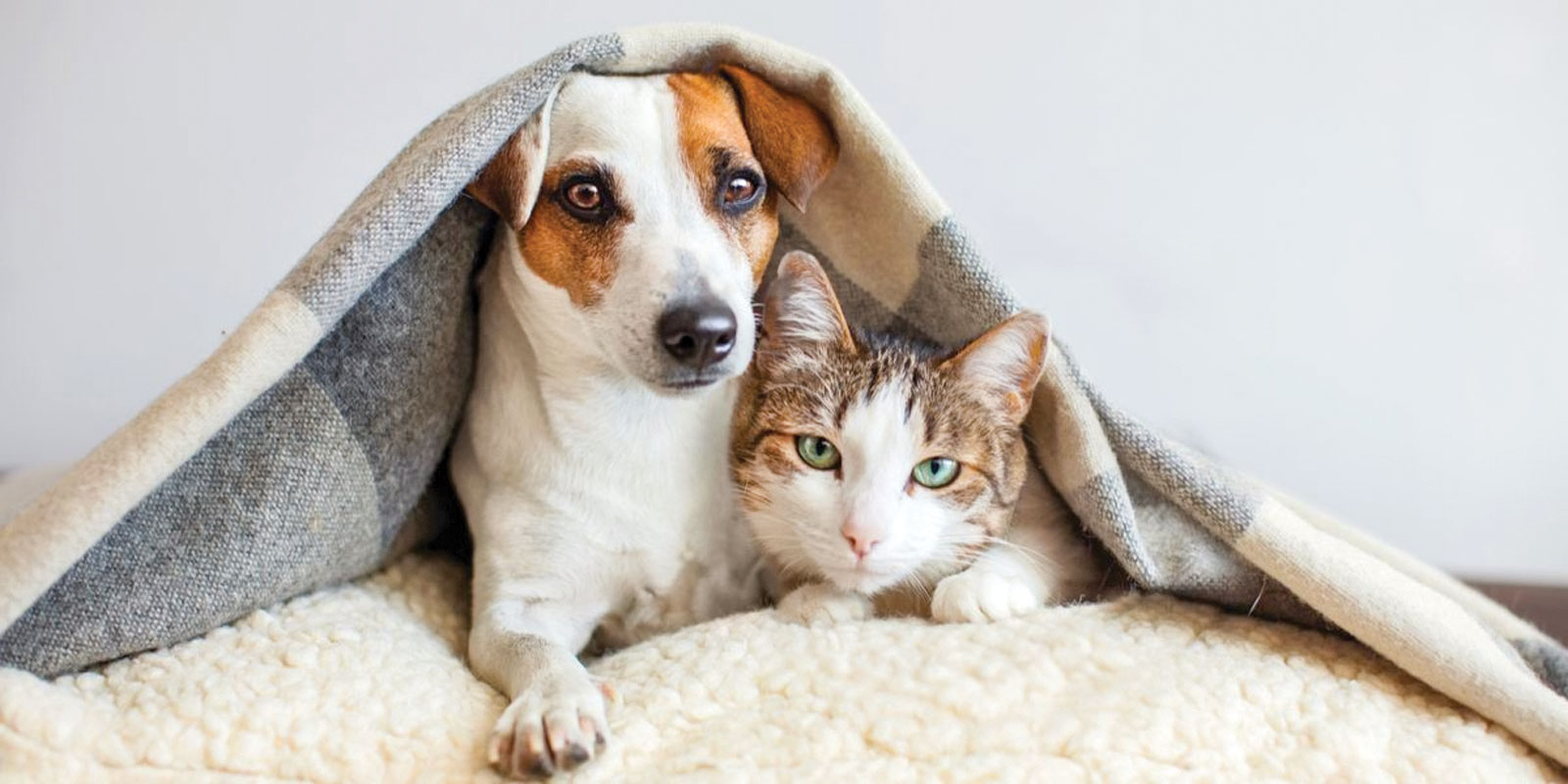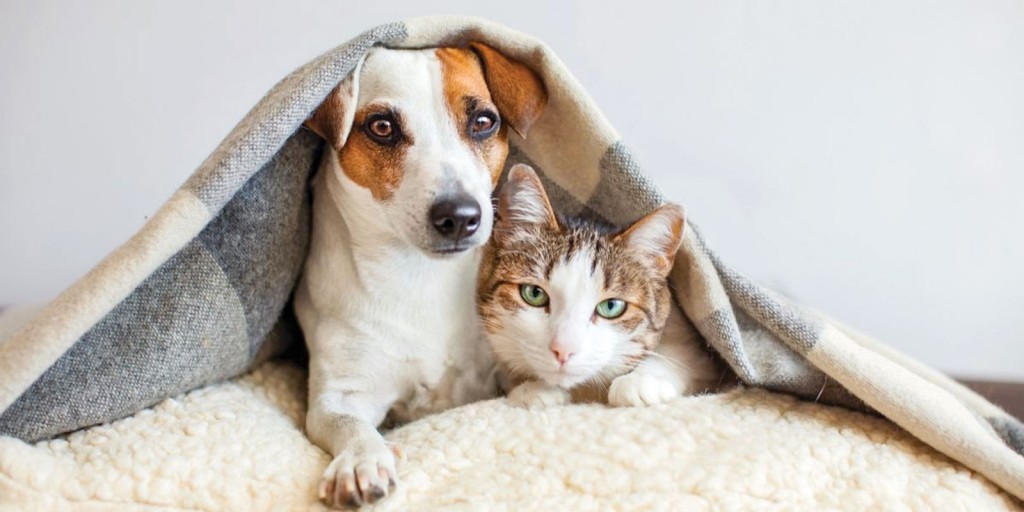
Pets have become part and parcel of urban living. Many animal-loving families keep dogs and cats at home. Not only do these loving animals enhance the quality of family life, but they also make children more sensitive towards other species. Pets provide warmth, companionship, happiness, fun and frolic and their presence is therapeutic for the entire family.
Since you otherwise embrace a sustainable lifestyle, you could also reduce your carbon footprint, or should we say pawprint? Let’s start with the food you provide your pets. Typically, in the West, cats and dogs are fed food from the supermarket produced by pet food companies. Unfortunately, in India too this trend is catching on and instead of cooking for our pets, we too, lured by advertising and hype, are buying instant meals and mixes that come packed in large bags.
I was talking to a friend who is an animal activist in Mumbai. She keeps several cats at home and feeds many strays. I asked her what she thinks is the best and sustainable food for pets. She minced no words: “If we do not fill our stomachs all the time with packaged food that has preservatives, why do we subject our pets to it.” According to her, packaged food is best for a snack or a treat for pets, but boiled home-cooked food is best for them on an everyday basis just as it is for us. For the environment too there is nothing better than organic, home food.
For dogs too home-cooked food is a better option and comes free of packaging and artificial flavouring. My neighbour prepares it once in four days for her beautiful Labrador. She dunks in rice, two-three different lentils, several cut vegetables including carrots and gourds, soya chunks, chicken legs and water and gives it a few whistles in the pressure cooker. She keeps this in the fridge, bringing it out and serving it with curd, milk, sometimes bread or chappatis twice a day. Her dog loves her for it, while she loves the fact that he has a healthy and wholesome diet. This also helps the pets’ carbon print as revealed by research that I came across. A pre-pandemic international study estimated that pet food consumption contributes 64 million tonnes of greenhouse gas emissions each year.
Apart from food, there are many other areas where you can raise the green flag in the upbringing of your pet, toys being one of them. Instead of relying on synthetic or plastic toys in the market that take several hundred years to decompose when you throw them away, try to make toys from leftover material at home. Here are one or two do-it-yourself ideas — stuff lots of waste cloth into your old cotton sock and tie a neat knot on top. Puppies just love chewing on it or running after it when you throw it around. While teething, these become natural soothers for them. You can also make balls out of wastepaper, encasing them in safe cloth bags or bamboo covering, so that they are harmless and plastic-free.
If we do not fill our stomachs all the time with packaged food that has preservatives, why do we subject our pets to it.
In the same way pet owners can make beds for their pets out of material lying unused at home. With children at home, this may be an educative and enjoyable endeavour. It teaches children that there are alternatives to buying environment unfriendly products from the marketplace.
Cleaning after the dog too is an important activity that can reduce your pet’s carbon footprint. Try to keep ready poop bags made of paper or biodegradable material that can be flushed when you come back home after a walk. In some countries they have even been composting animal waste just like we do with cow dung in our villages.
But overall, all said and done, keeping pets is an activity that is a sign of one having embraced the concept of a better and kinder world. A world where there is respect for other species as well as a recognition that humans need to coexist with other beings they share this planet with.
There are animals other than cats and dogs which make great pets too if you have the space in your home and heart — you can keep ducks, guinea pigs, turtles, rabbits, even hens. But do keep in mind that when you choose a pet, it is not an endangered species and that you are not plucking it off its natural habitat to make it your pet. That would be an unsustainable practice. And, never, ever keep animals or birds in cages. That is unforgivable.
My friends who live on their farm in Dahanu, Maharashtra, live off the produce of the land. They have an entire family of ducks, and a coop full of hens. Theirs is a lively household with the farm animals coexisting happily with their three cats and a dog. Now that is truly going green and rustic. Packaged pet food is miles and miles away in the nearest town. But living like them is a luxury that is admittedly impossible in our cities. But a little effort can go a long way to make our homes sustainable and pet friendly.
The writer is a senior journalist who writes on environmental issues






